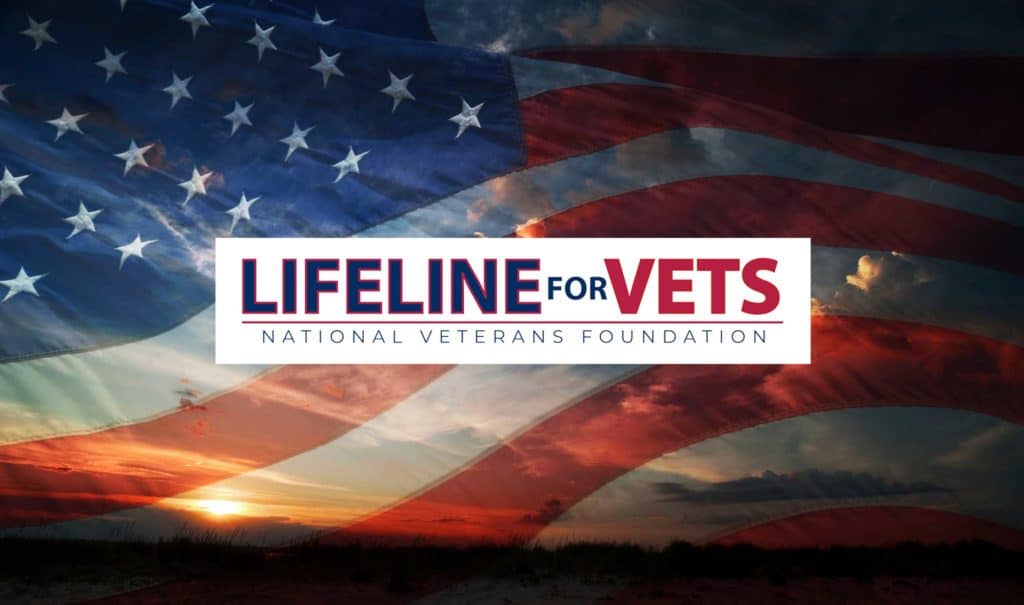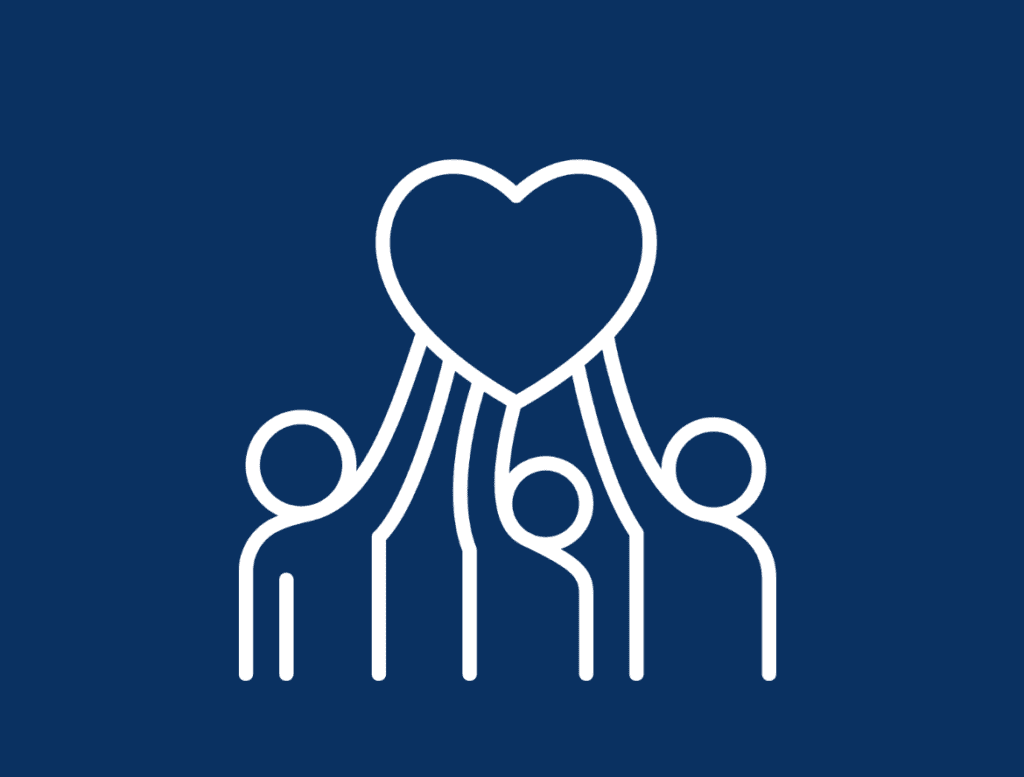Veteran Suicide Prevention: By the Numbers
Although the process that was used to come up with the 22 suicides per day number has been challenged, the simple truth is that without that easy to grasp number, veteran suicide prevention would not have received the attention that it deserves.
Losing one veteran to suicide is too many, but losing 22 per day is a tragedy. The mental health of our veterans – no matter how long they have been separated from military service – is as important now as it was when the Clay Hunt Suicide Prevention for American Veterans Act was signed into law almost a year ago. By putting the focus on the rate of veteran suicide, lawmakers in Washington were able to pass the Clay Hunt Act unanimously.

Emphasizing veteran suicide prevention
The Suicide Data Report of 2012 used death records from over 20 states to estimate the suicide rate and the study did not attempt to determine details about the veterans other than age. Discharge status, length of service and the connection between military service and suicide were not looked at. Flawed as the report was, it did bring needed attention for veteran suicide prevention efforts.
Older veterans were more likely to commit suicide than veterans who served during the Iraq War and in Afghanistan. Although the rate of suicides among veterans who are younger is still too high, it is most likely not 22 per day. According to a study published in the Annals of Epidemiology the suicide rate among veterans is roughly 50 percent higher than among civilians.
The study found that the suicide rate of younger veterans, higher than civilians of the same age, was also higher than suicide rates of Vietnam War veterans during an applicable time frame. A number of theories have been put forward as to why suicide rates were lower or veteran suicide prevention was better in the aftermath of Korea and Vietnam, but hard answers are impossible to find.
The system is failing all veterans
Suicide among veterans of the Iraq and Afghanistan Wars is often blamed on PTSD and veterans trying to rejoin society are at risk. But veteran suicide prevention for Korean and Vietnam War veterans focuses on the failure of society to help with long-standing problems.
Different risks lead to the same problem; veteran suicide prevention efforts need to be tailored to specific problems but have to be broad enough to attract all at-risk veterans. Groups such as Stop Soldier Suicide or 22toomany have been set up to help veterans who recognize that they are at risk and reach out for help.
Unfortunately, those programs can’t help veterans that are at risk, but either cannot or will not reach out for help. Relying on mental health professionals and programs can help, as long as these programs are funded and not overwhelmed. With the recurring problems with the Veteran’s Administration, mental health programs are at risk.
The real tragedy
When it comes to dealing with veteran suicide prevention, numbers are just that, numbers. The important aspect is that veterans are committing suicide at a higher rate than comparable civilians are and although prevention programs have garnered some success, veterans are still committing suicide.
Each suicide represents a man or woman who has lost all hope of success. Each suicide represents a family that has lost an important member and has to continue as a diminished entity. It doesn’t matter when the veteran served, just that they did and they are at risk.
Make a difference in a vet’s life. We are veterans helping veterans.
Sources:
VA.gov, Suicide Data Report, 2012, Janet Kemp and Robert Bossarte [https://www.va.gov/opa/docs/Suicide-Data-Report-2012-final.pdf]
Congress.gov, H.R. 203 – Clay Hunt SAV Act, February 2015 [https://www.congress.gov/bill/114th-congress/house-bill/203]
The Washington Post, The missing context behind the widely cited statistic that there are 22 veteran suicides a day, Michelle Ye Hee Lee, February 2015 [https://www.washingtonpost.com/news/fact-checker/wp/2015/02/04/the-missing-context-behind-a-widely-cited-statistic-that-there-are-22-veteran-suicides-a-day/]
U.S.News, Obama Signs Suicide Prevention Bill to Aid Veterans, Kimberly Leonard, February 2015
Task and Purpose, The Truth About 22 Veteran Suicides a Day, Stacy Bare, June 2015 [https://taskandpurpose.com/truth-22-veteran-suicides-day/]
Annals of Epidemiology, Suicide risk among 1.3 million veterans who were on active duty during the Iraq and Afghanistan wars, Han K. Kang, Tim A. Bullman, etc., November 2014
Los Angeles Times, Detailed study confirms high suicide rate among recent veterans, Alan Zarembo, January 2015 [https://www.latimes.com/nation/la-na-veteran-suicide-20150115-story.html]
You can be a part of our mission to help Veterans by making a tax-deductible donation!
About the Author
SUBSCRIBE TO OUR BLOG AND NEWS!
By submitting this form, you are granting: NATIONAL VETERANS FOUNDATION INC permission to email you. You may unsubscribe via the link found at the bottom of every email. (See our Email Privacy Policy for details.)
Related Posts





